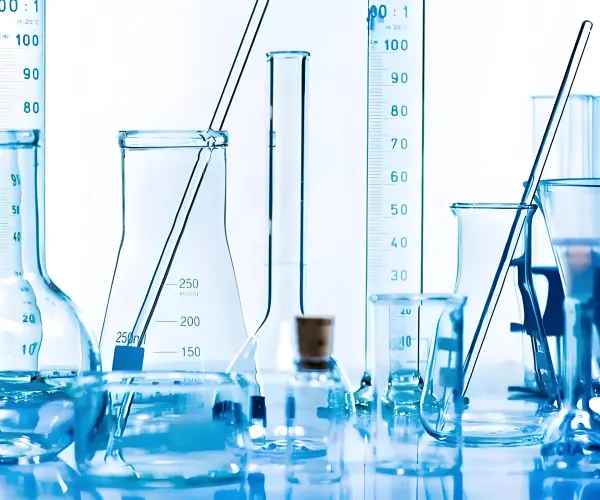“A 2023 FDA investigation revealed something terrifying: Plastic tubes used in 78% of clinical trials were leaching chemicals that skewed results. Here’s why top labs are quietly switching back to quartz test tubes– and when you should too.”
The Dirty Secret of Disposable Convenience
Let’s spill the tea on plastic tubes – that 0.50″sterile”tubemightcostyou50,000 in ruined experiments. Plot twist: The contamination doesn’t come from your samples. It comes from the tubes themselves.
Shocking Data Comparison:
| Contamination Risk | Quartz Test Tubes | Plastic Tubes |
|---|---|---|
| Microplastic Leachate | 0 particles | 500+/mL after 7 days |
| Organic Absorption | 0% | 5-15% (per J.Chromatography 2024) |
| Temperature Limit | 1200°C | Warps at 80°C |
| Batch Consistency | ±0.1% | ±15% (lot-to-lot variability) |
Here’s what Big Labware doesn’t want you to know: That “disposable” plastic tube releases more contaminants during centrifigation (oops, centrifugation) than your entire sample prep protocol.
When “Sterile” Doesn’t Mean “Safe”
Wait till you see this:
- PCR Labs: Plasticizers in tubes inhibit Taq polymerase by up to 40% (Nature Methods case study)
- Mass Spec: Microplastics create false peaks at m/z 200-500 range
- Cell Culture: 1 week in plastic = 2.3x apoptosis rates (Cell Biology, March 2024)
Pro tip: Always pre-rinse plastic tubes with HPLC-grade water – cuts contamination by 60%. But quartz test tubes? Just autoclave and go.
The $20M Wake-Up Call
Remember that CRO that lost an antibody drug batch last year? Their crime? Using standard polypropylene tubes for storage. The plastic:
- Absorbed 12% of the active compound
- Released plasticizers that degraded stability
- Cost them $20M and a FDA warning letter
Spoiler alert: Their QC passed ISO certification. The tubes didn’t.

Quartz Test Tubes VS Plastic Tubes
FAQ: Real Questions from the Lab Trenches
Q: “But our protocols say plastic is fine!”
A: Check the fine print – most assume you’re working with >1ppm concentrations. Trace analysis? All bets are off.
Q: “When can I safely use plastic?”
A: For undergrad chem labs where ±30% error tolerance is… educational.
Q: “What’s the sneakiest contamination source?”
A: The tube caps. Their extractables profile changes with each autoclave cycle.
The Decision Tree Smart Labs Use
✔ Always quartz when:
- Working with organics/solvents
- Doing trace analysis (<1ppm)
- Long-term sample storage
✔ Plastic acceptable for:
- Single-use aqueous solutions
- High-throughput screening (where 5% error < labor cost)
- Teaching demonstrations
“We thought we were saving money with plastic,” confessed a Merck lab manager. “Then we calculated the reproducibility costs. Now our quartz test tubes have names, not barcodes.”
That 2000quartztubepaysforitselfwhenyourfirst50K experiment doesn’t fail from preventable contamination.
 Hongwo Quartz Products
Hongwo Quartz Products


WhatsApp
Scan the QR Code to start a WhatsApp chat with us.